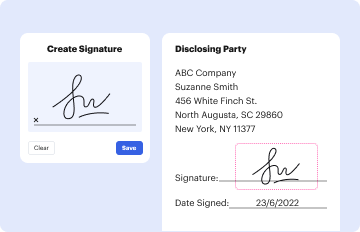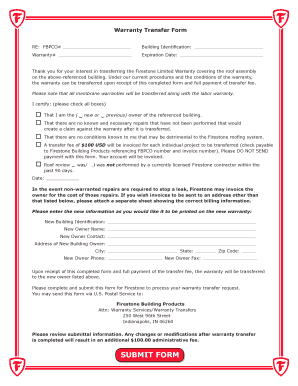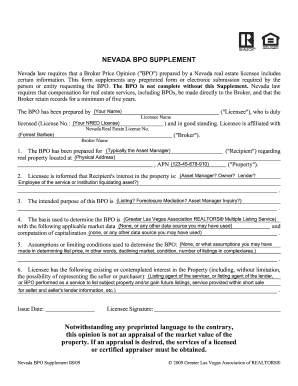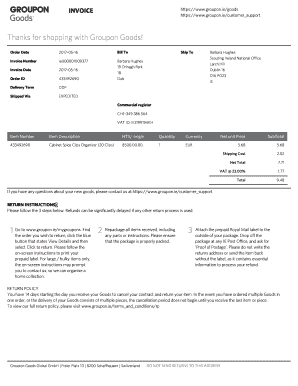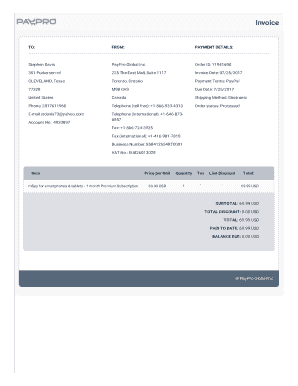Definition and Meaning of a Letter of Withdrawal
A letter of withdrawal is a formal document utilized to articulate the decision to retract a previously submitted application, petition, or request. This kind of letter is often relevant in various contexts, such as job applications, asylum claims, and immigration processes, among others. The primary purpose of the letter is to clearly state an individual's intention to withdraw and to ensure that all parties involved are formally notified.
In legal contexts, such as immigration procedures, this letter must adhere to specific guidelines enforced by agencies like USCIS. It may include details that clarify the reasons for withdrawal, the specific application being withdrawn, and an expression of gratitude for any previous consideration. Utilizing a well-crafted withdrawal letter is essential because it helps prevent confusion, ensures accurate record-keeping, and typically closes the matter appropriately.
Key Elements of a Letter of Withdrawal
A well-structured letter of withdrawal should include several critical components to ensure clarity and formality. Here are the key elements:
- Sender's Information: Clearly present the sender's name, address, and contact information.
- Date: Include the date of writing the letter.
- Recipient's Information: Specify the name of the recipient entity or individual and their address.
- Subject Line: Use a clear subject line identifying the purpose of the letter, e.g., “Letter of Withdrawal of [specific application type].”
- Salutation: Begin with a professional greeting, such as “Dear [Recipient's Name or Title].”
- Body of the Letter:
- Clearly state the intention to withdraw.
- Provide details regarding the application or document being withdrawn.
- Offer a brief explanation of the reason for withdrawal, if appropriate.
- Express gratitude for the previous opportunity and consideration.
- Closing Statement: Conclude with a polite closing, such as “Sincerely,” followed by the sender’s signature and printed name.
These elements, when combined, create a comprehensive and professional withdrawal letter that serves its intended function.
Steps to Complete the Letter of Withdrawal
Crafting an effective letter of withdrawal involves several methodical steps to ensure all necessary information is captured accurately. Below are the steps to follow:
- Choose the Correct Format: Use a formal letter format to communicate respect and professionalism. This includes proper alignment of sender and recipient information.
- Begin with the Sender’s Details: Write your name, address, phone number, and email at the top of the letter. This identifies who the letter is from.
- Include the Date: Follow the sender’s details with the current date, formatted as Month Day, Year.
- List the Recipient's Information: Include the name and address of the person or agency to whom the letter is addressed.
- Write a Clear Subject Line: Identify the subject matter by indicating that this is a letter of withdrawal for a specific application.
- Compose the Body of the Letter: Craft a clear message that states your intention to withdraw, provides specifics about the application, and includes reasons for withdrawal, if applicable.
- Include a Request for Confirmation: Politely ask for confirmation that the withdrawal has been received to ensure proper closure.
- Close Formally: Use a professional closing statement and your signature, followed by your printed name.
Taking these steps ensures that the letter is both comprehensive and formal, effectively communicating your intention to withdraw.
Examples of Using a Letter of Withdrawal
A letter of withdrawal can be applied in various scenarios, serving different purposes across distinct contexts. Here are several examples:
-
Job Application Withdrawal: An individual who has accepted another job offer may send a letter of withdrawal to notify an employer about retracting their application to preserve professionalism and leave a positive impression.
-
Immigration Petition Withdrawal: A person may need to submit a withdrawal letter to USCIS if they decide not to proceed with their asylum application or if they wish to withdraw their application for a visa.
-
College Application Withdrawal: A student who decides not to attend a college after applying may submit a formal withdrawal letter, informing the institution of their decision while conveying appreciation for the admissions committee's time.
-
Legal Cases: In legal contexts, a lawyer may require a withdrawal letter when retracting certain motions or petitions filed in a court case, ensuring clarity and avoiding unnecessary proceedings.
These examples illustrate how a letter of withdrawal facilitates a smooth transition away from prior commitments in various professional and legal arenas.
Legal Use of the Letter of Withdrawal
The legal implications of a withdrawal letter are significant, especially in sensitive matters such as immigration and asylum requests. Here are key considerations:
-
Compliance with Regulations: The withdrawal letter must comply with the specific guidelines set forth by relevant regulatory bodies such as USCIS. This includes proper language, addressing, and format.
-
Documentation of Withdrawal: Retaining a copy of the withdrawal letter is essential for personal records and may be requested in legal contexts to verify that a retraction was formally communicated.
-
Impact on Future Applications: Depending on the regulatory guidelines, withdrawing an application may affect future applications. For instance, withdrawing an asylum application may have implications for future immigration requests.
-
Response from Agencies: Recipients such as USCIS will typically provide a confirmation regarding the withdrawal, which serves as further documentation of the action taken.
Understanding these legal factors ensures that individuals are aware of the implications that come with formally withdrawing an application or petition.


